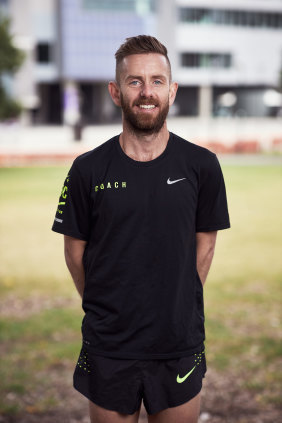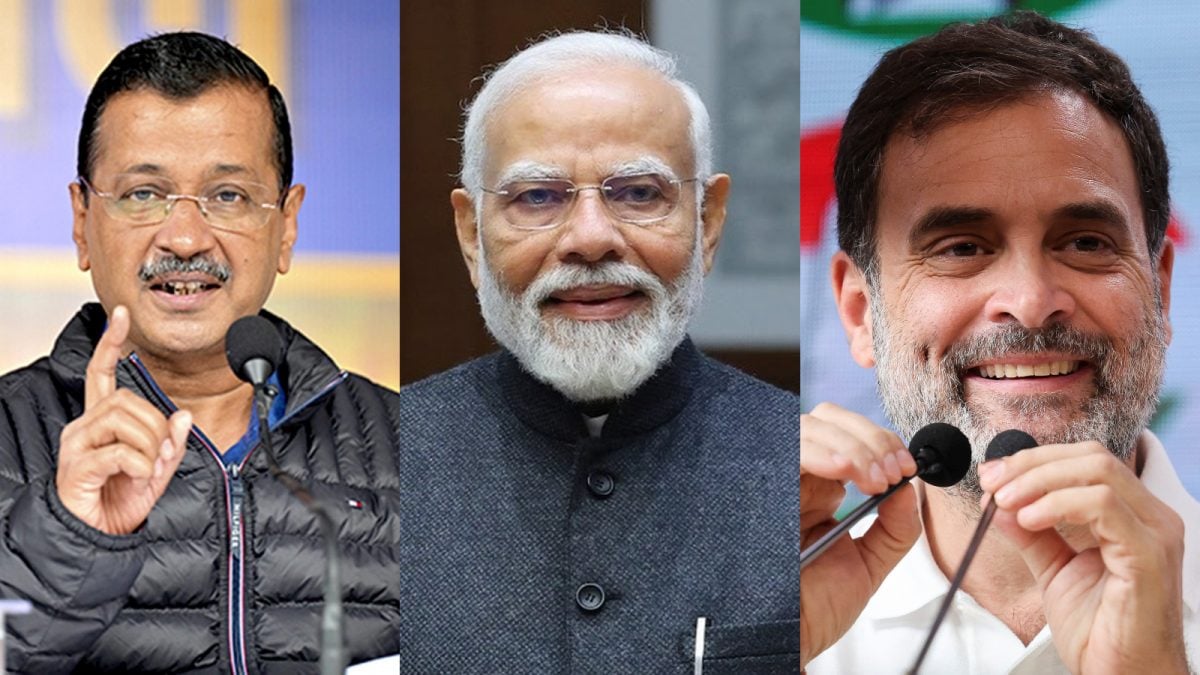There remains pressure on athletes to look a certain way, at the expense of their performance, and to push themselves until they hit the wall (in part because their livelihoods are tied to their sport). The mainstream then mimics these unhealthy practices as we struggle to decouple the idea that being fit equates to looking a particular way or that the pursuit of excellence is simply an endurance of suffering.
Loading
Cultural attitudes are also at play, say psychologists Dr Emma Steer and Dr Michael Carr-Gregg, via “the glorification of extreme ethics and the ‘no pain, no gain’ mentality”.
These influences can be compounded by our own insecurities that if we don’t keep pushing, even when our bodies tell us to stop, we will be perceived by others as failing or as weak.
There is not a lot to learn from fake experts on social media, as distinct from the real experts who impart knowledge on the same platforms, but there is a lot to learn from our best athletes. How do we take the best and discard the rest?
Harder, better, faster, stronger: A kernel of truth
Overload involves applying higher load and stress so that there will be “supercompensation” in the athlete, explains Associate Professor Milena Simic, who is the director of the Sydney Performance Laboratory at The University of Sydney.
Alexa Towersey ended up exhausted and injured from overtraining. Credit: Rhett Wyman
It is an important part of improving performance, but it is just one element. When we forget that, it can lead to overtraining syndrome (a response to excessive exercise without adequate recovery leading to ongoing fatigue, depression and underperformance that affects up to 30 per cent of elite athletes), burnout (which affects about 15 per cent of athletes) or, most commonly, injury.
In 2009, Alexa Towersey ended up exhausted and injured after 18 months of training driven by a “go-hard, or go-home” mentality.
The Sydney-based personal trainer was 30 and had discovered triathlons and had her sights set on qualifying for the half ironman world championships. Her whole week revolved around going to work and training between three and six hours a day. Weekends often included a 60-kilometre bike ride followed by a 10-kilometre run. There was no space for recovery, and because she was fuelling on caffeine and pre-workout powder, she was wired and unable to sleep.
Increasingly tired and irritable, but determined that her body would do whatever her mind told it to, she continued training through niggles. Three weeks before the world championship qualifier, she broke her foot while training.
It took two years for her body to recover. Chronic tiredness and getting injured at the drop of a hat, meant she couldn’t train properly.
“I think we have to listen to our bodies more,” says the 45-year-old. “There is a difference between quitting and taking an intelligent step back.”

Coach Dave Ridley.
It is true that, as with anything in life, to become better we need to challenge ourselves and do more, says Dave Ridley, Nike’s head running coach in Australia.
“But the asterisk here is more of the right ingredients,” he says: “How do you do more of the good stuff and less of the risky type things?”
Learning how to endure suffering is necessary for peak performance to an extent, Ridley says, but it becomes risky when we relentlessly push the limits without also learning when to back off or without working on the other pillars of good health and fitness, such as nutrition, sleep and mental wellbeing.
“I’m really interested in contrast training,” Ridley says. He explains it involves increasing the intensity and the load, often focusing on effort or threshold rather than a set pace, and contrasting it with easy sessions and recovery.
“On your easy days, make ’em easy, make ’em fun, make ’em social,” he says. “Challenge yourself in your own way… but then the day after, and maybe the day after that, make sure you unwind a little bit.”
Unwinding doesn’t necessarily mean doing nothing, says Simic.
It means focusing on different activities or strengthening exercises, to support the body as the load increases and to give it time to adapt.
“Adequate recovery time between training sessions is just as important as the training itself,” she says.
As is paying attention to how your body feels.
The best indicator of overtraining (or underselling for that matter) is how someone feels, says Professor Shona Halson, the deputy director of the SPRINT Research Centre at Australian Catholic University:
“In elite sport, we tend to try to measure subjective feelings of things like sleep, mood, fatigue, soreness and motivation and look for deviations from normal responses.”
Along with balancing challenge and recovery, the best athletes’ training involves training their psychological fitness.
“They have a personalised toolkit of strategies to use [and] when psychological and physical challenges present, they reach out for support,” says Steer and Carr-Gregg.
“They often present with grit (i.e., they persevere, and are determined to reach goals but are rational and realistic about how); They are also experienced and learn through making mistakes, accepting that they are part of the road to success.”
Since his injury, Law has cut his training load by almost half (a typical week involves two hard track sessions, one tempo session and two gym sessions), is focused on eating more throughout the day and on getting enough sleep. He also focused on stretching, rolling out sore spots with a ball and listening more to his body.
Earlier this year he made the Australian Olympic team. On August 6 in Paris, he will compete in the men’s 200 metres, and, on August 8, in the men’s 4 x 100 metre relay.
“Training too much isn’t the only way,” says Law, a member of the Wakka Wakka people. “I’m probably in the best form of my life right now.”
Make the most of your health, relationships, fitness and nutrition with our Live Well newsletter. Get it in your inbox every Monday.







